As we look back at IAA, one thing is clear: the car is no longer just a vehicle – it’s a digital entertainment hub. Screens are bigger, assistants are smarter, and new players are arriving fast. For radio, this means opportunity – but only if we defend our place and raise our game.
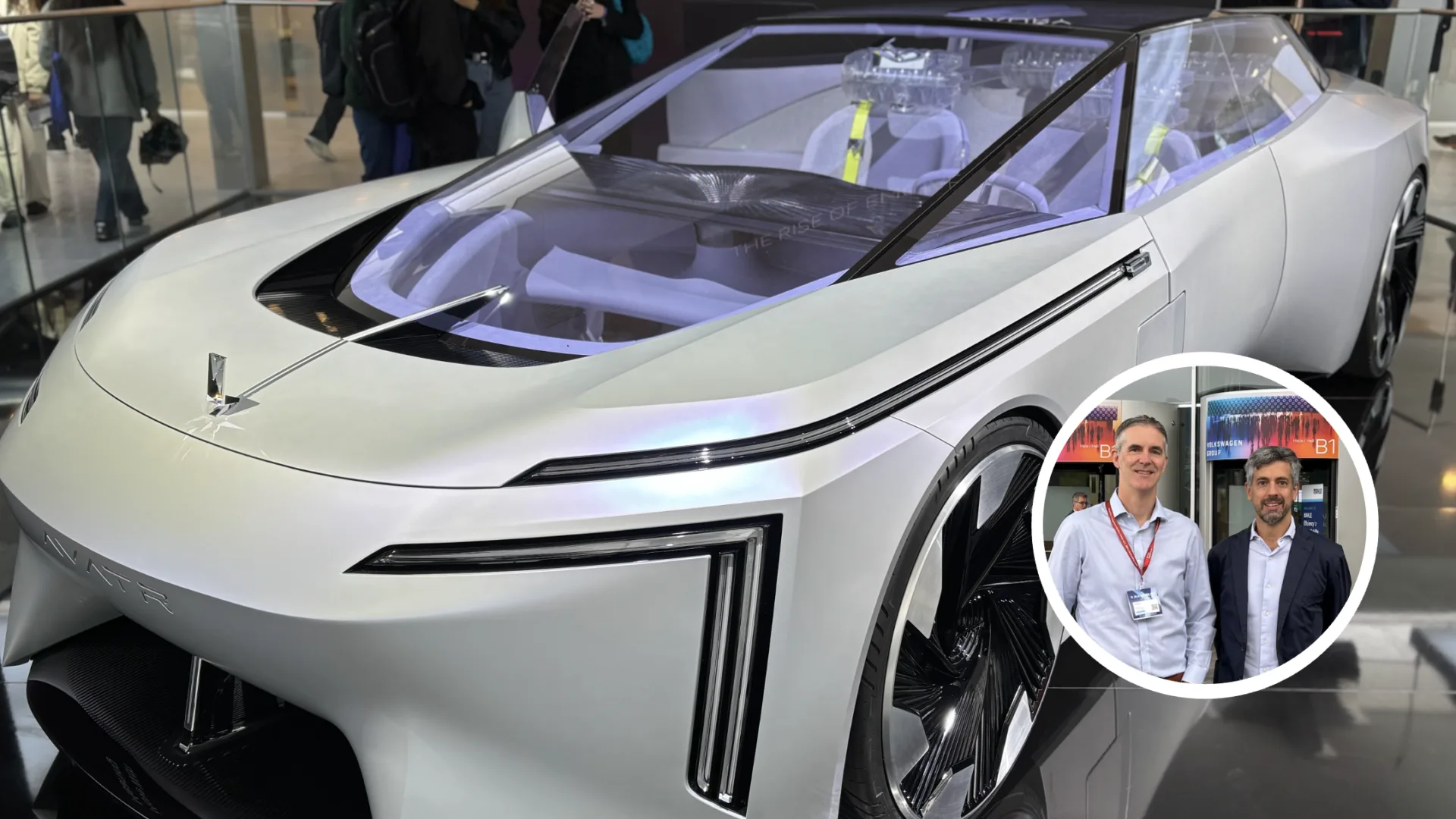
By Laurence Harrison, Chief Partnerships Officer & Pedro Valiente, Head of Partnerships at Radioplayer.
The IAA Mobility show in Munich is Europe’s largest automotive event. It brings together carmakers, technology giants, suppliers, and innovators to showcase the future of mobility. This year, one thing was clear: the car is no longer just a vehicle. It is rapidly becoming a digital entertainment hub – with giant displays, smart assistants, and an ever-growing list of apps competing for attention. For radio, this reality presents both opportunity and threat. Radio remains the most listened-to medium in the car, but its position can no longer be taken for granted. As dashboards become busier, prominence is no longer automatic – it must be earned, negotiated, and secured.
Three themes stood out to us.
Step into any new vehicle and you’ll see what we mean. Mercedes showed a 36-inch wide display. Hyundai projected data directly onto the windshield. Even in smaller models, the default screen size is now as big as an iPad.
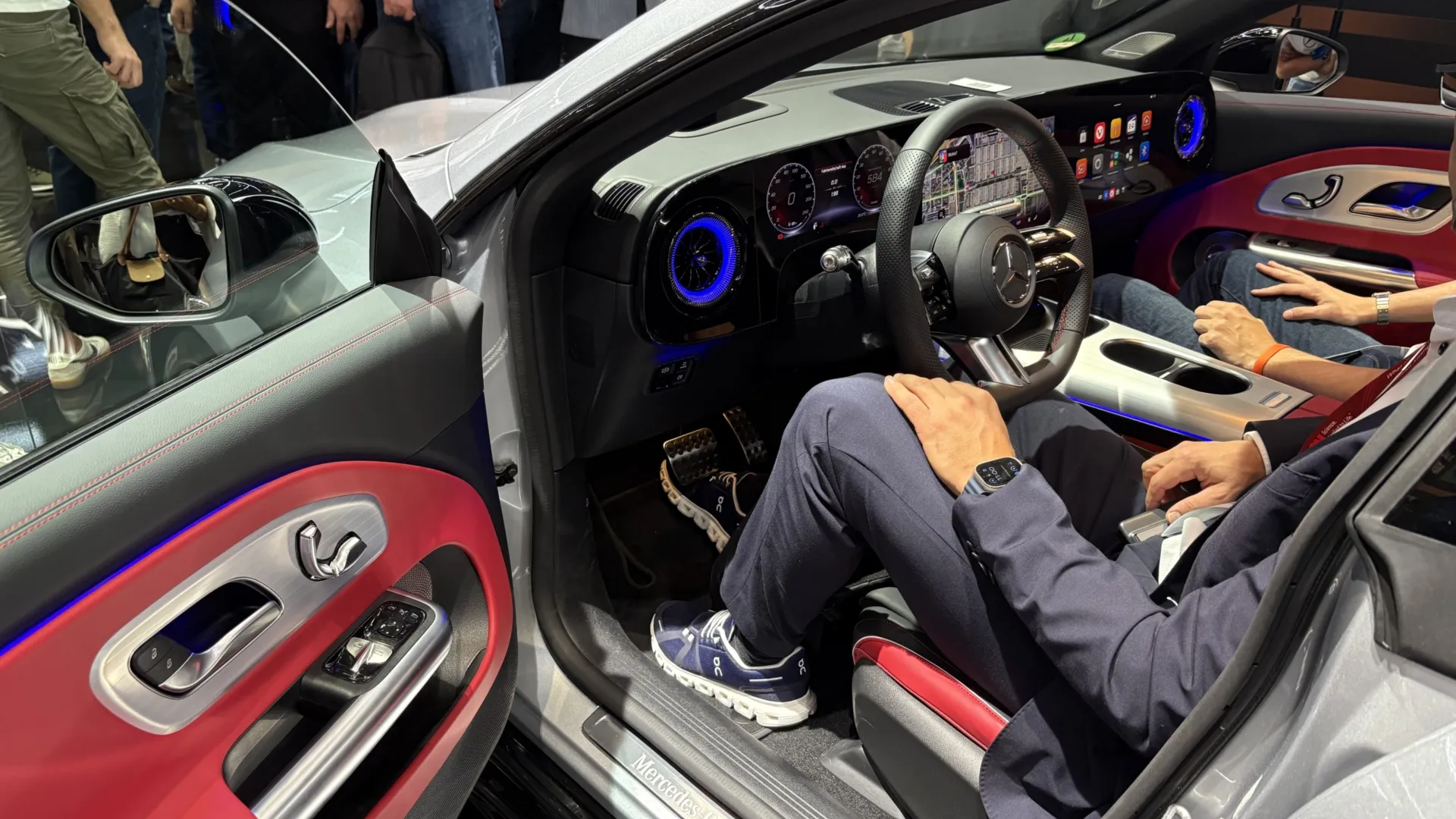
This matters for radio because the listening experience is no longer just about audio – it’s about how radio looks in the car. A poorly integrated station, with no logos, track and artist information, or artist images, feels outdated next to slick music apps. Conversely, a rich metadata experience makes radio look alive, dynamic, and competitive.
Our message to broadcasters is simple: make sure your metadata is complete and correct. Station logos, programme information, track details, and now-playing visuals are not cosmetic extras – they are essential for maintaining credibility on modern dashboards.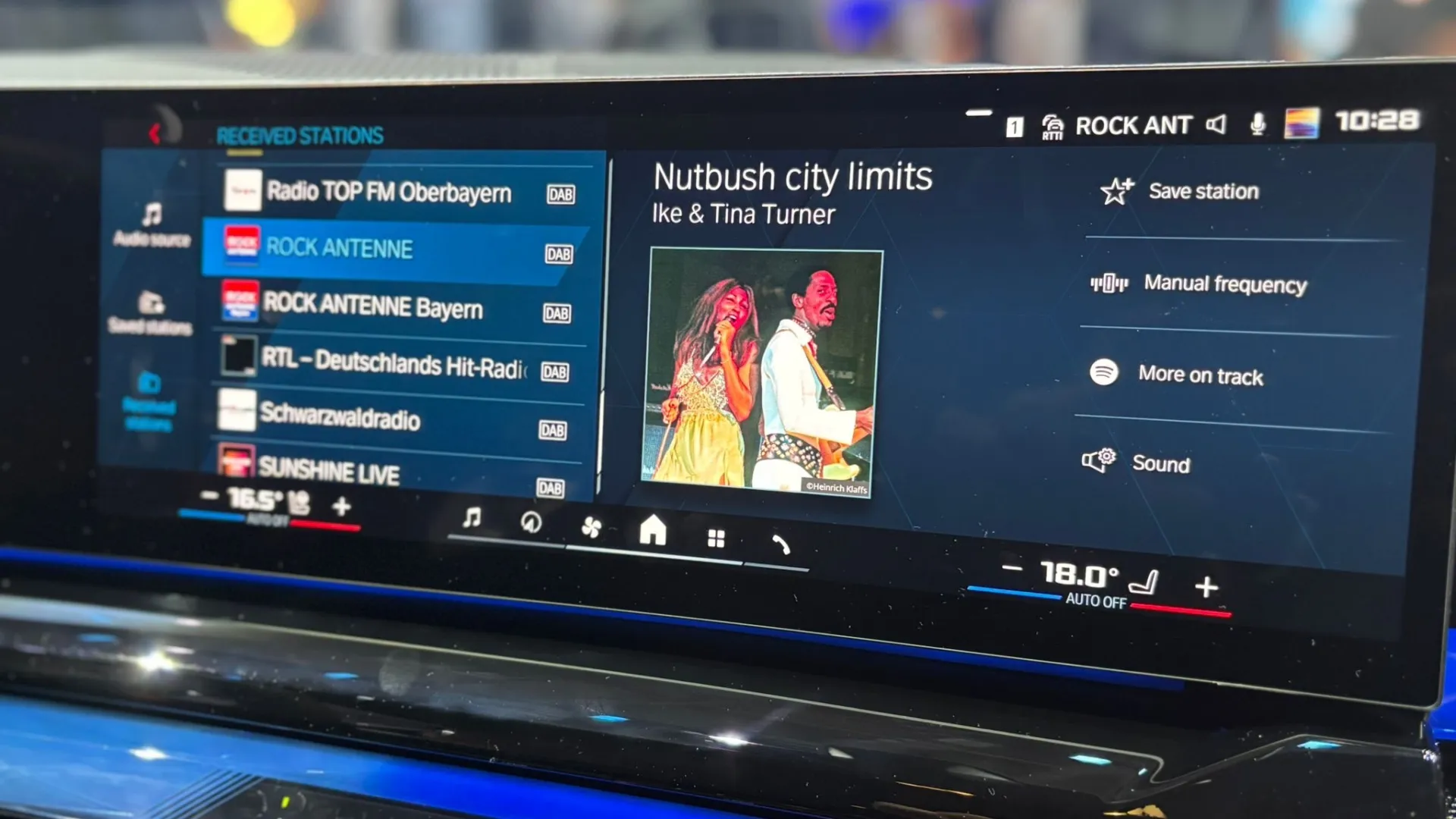
Alongside established European brands like BMW, VW, and Mercedes, we saw a wave of Chinese carmakers investing heavily to be present at IAA – including Radioplayer partners XPENG and NIO, plus many more.
This is both a challenge and an opportunity. In China, radio listening habits are different, and often less entrenched than in Europe and internationally. Yet this is exactly why they are keen to partner with Radioplayer as we bring the key expertise in how hybrid radio (broadcast + IP) should work in markets where broadcast radio remains dominant.
When Chinese car makers talk to Radioplayer, they’re not just buying technology – they are seeking a trusted partner who knows how users interact with hybrid radio in the car, and can support development of the right experience locally. That makes our role critical. We can ensure radio is not just present, but prominent and a world-class experience in these new ecosystems.
In Europe, more than 80% of drivers still turn on the radio first when they start their car. That’s an incredible statistic – but it only holds if radio is visible and easy to access.
One of the highlights for us at IAA was seeing our partnership with XPENG in action. On their stand, we were able to compare the “before” and “after.” Previously, radio was hidden deep in menus. Now, thanks to Radioplayer’s collaboration, there is a permanent radio button on the screen.
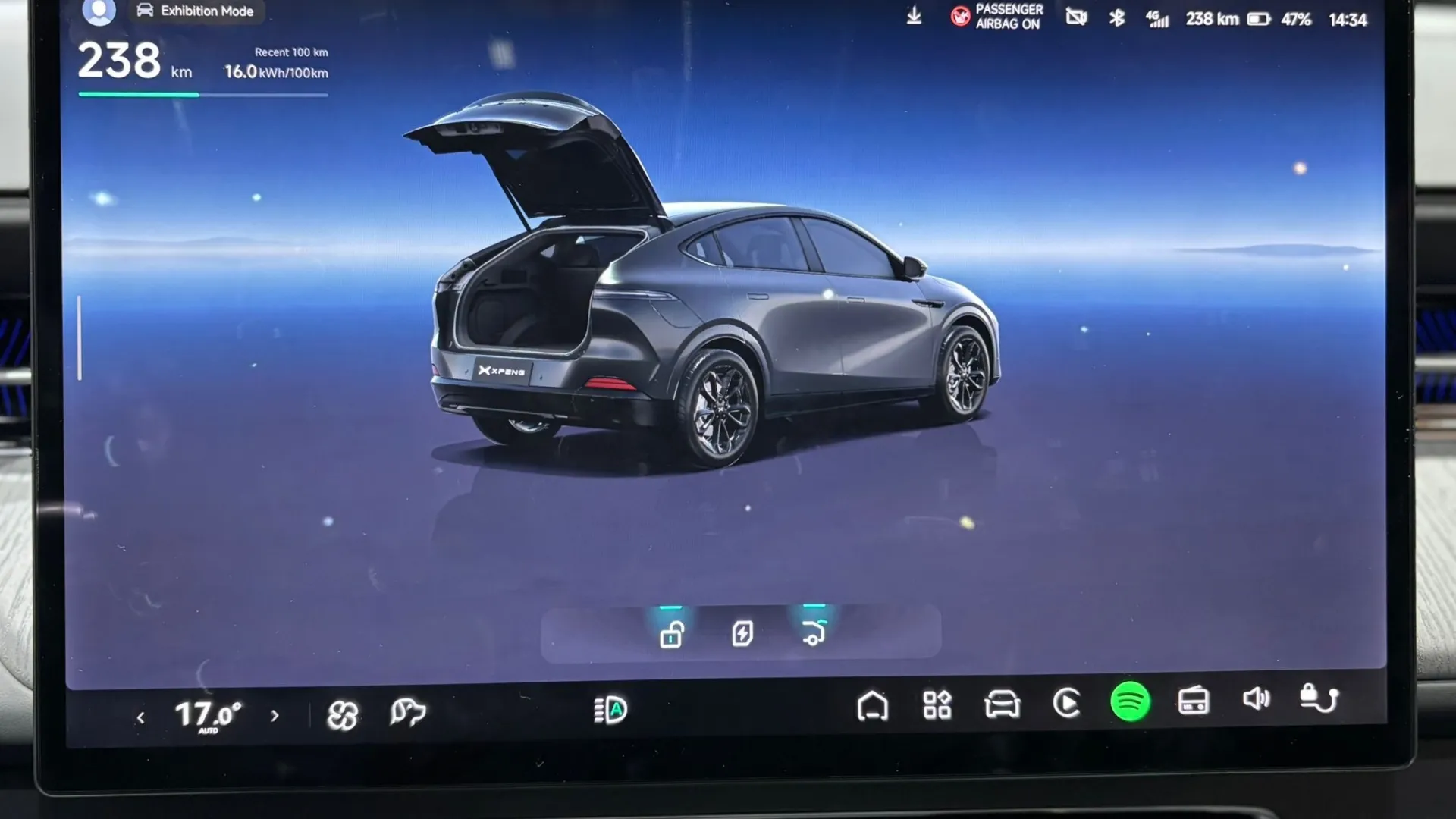
This is more than a technical win. It is proof that radio can fight for – and secure – prominence, even in dashboards crowded with new services. It shows the power of partnerships, where broadcasters come together through Radioplayer to influence carmakers directly.
But let’s be clear: not every carmaker is getting this right. We saw examples at IAA where the radio experience was poor – inconsistent, hard to find, unappealing. That is a danger. If listeners struggle, they will choose something else. Which is why our work matters more than ever.
Broadcasters have a vital part to play. The first step is metadata: provide the best logos, programme details, track info, and imagery you can. If your station looks invisible on a dashboard, you’re handing ground to competitors.
he second step is testing. It was great to see some of our broadcast partners at IAA and to join a great event hosted by ARD, but we urge more broadcasters to get out of the studio and into cars. Sit in the driver’s seat. Touch the screens. Try to play your station. If you find it hard, so will listeners. This is the reality check we need if radio is to keep its strong position.
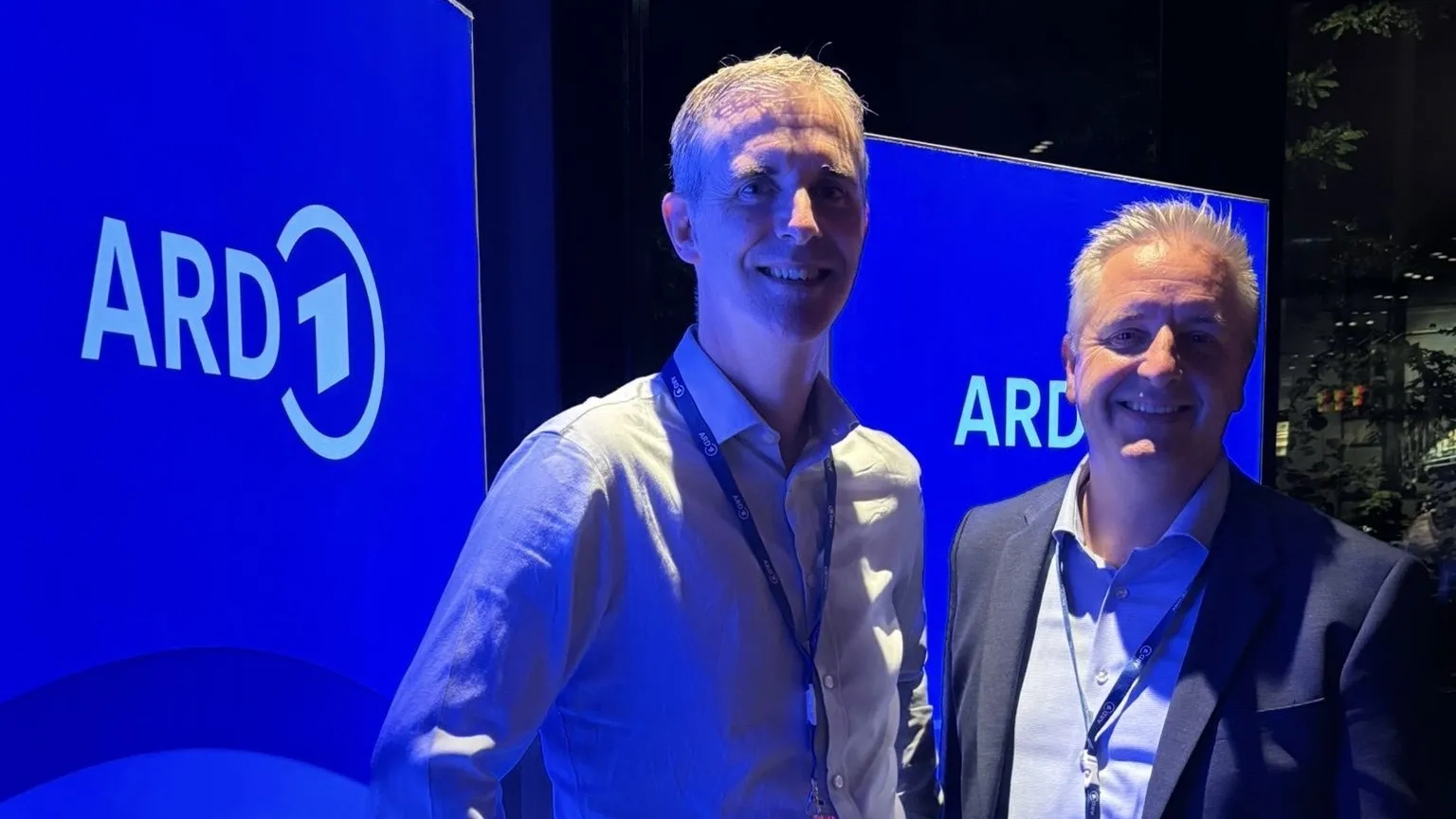
Why collaboration matters more than ever
Another striking trend at IAA was the presence of global technology platforms. Voice assistants like Google are entering the car in a big way. We already work with Google on smart speakers, and the next step is ensuring seamless integration in cars.
Here too, collaboration is key. No single broadcaster, or even single market, can fight this battle alone. Through Radioplayer, we combine the strength of the industry to negotiate with the biggest carmakers and tech companies in the world. That’s how we deliver wins like the XPENG radio button – and it’s how we’ll continue to protect radio in the future.
The road ahead
IAA reminded us of two truths:
The good news is that carmakers are listening. Many want to get this right. They understand radio’s value, and they look to us for expertise. By working together – broadcasters, Radioplayer, carmakers, and tech giants – we can ensure radio remains not just present, but thriving, in the connected car.
The car is evolving fast. Let’s make sure radio evolves with it – and keeps its place at the very heart of the driving experience.